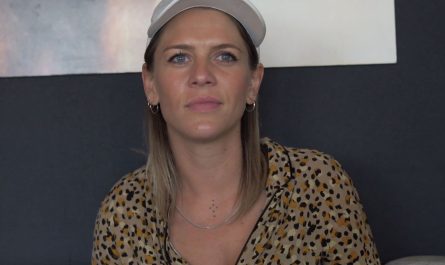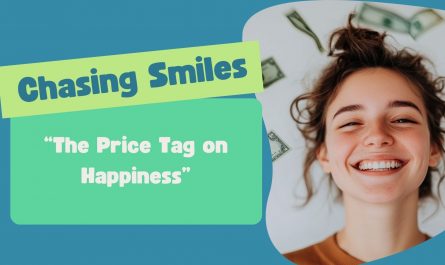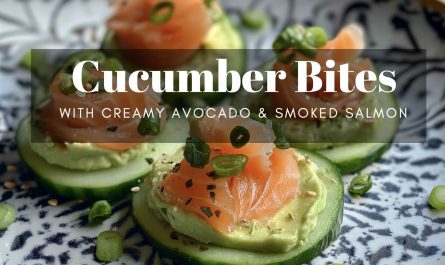Branding can sound big. Strategic. Maybe even a little intimidating – especially when you’re just starting to build something of your own. But the truth is: a good brand doesn’t start with complexity. It starts with clarity.
While working on the topic of brand positioning, I found that focusing on a few clear and intentional steps can make a real difference – especially at the beginning of a branding journey.
My project is based on a water bottle that represents conscious living, movement, and community. Here’s the approach that helped me shape it.
-
Find your brand purpose – your personal why
Before you think about your logo, colors, or packaging, ask yourself one simple but essential question: Why do I want to do this?
What drives you to build this brand? What’s your reason for putting this specific product into the world?
As mentioned in my first blog post, I chose the water bottle very intentionally – as a way to explore what branding can truly express and create.
But beyond the strategic framework, if I reflect on what my personal why behind this brand would be, it might look something like this:
👉 applied to the water brand ayoa
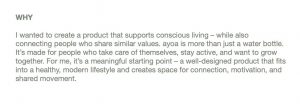
-
Define your brand personality
One great exercise to get a clearer sense of your brand is to define the personality it should express.
Which values should it reflect? What kind of energy should it give off? Which adjectives best describe it?
Make a short list of words that feel right for you – and that will also resonate with your audience. This list will help guide the tone of your communication, your visual identity, and your overall direction.
👉 applied to the water brand ayoa
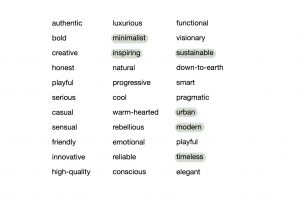
-
Target audience vs. persona
These terms often get mixed up, but the difference is simple:
- Target group refers to a broad, demographic definition of who your brand is aimed at – for example: women between 20 and 35, living in urban areas
- Persona on the other hand is a specific, fictional character from that group – with a name, age, job, hobbies, and lifestyle. Basically, your ideal customer as a personality.
Creating a persona helps make your communication more focused and relatable.
You’re no longer talking to “everyone” – but to one person who feels real.
👉 applied to the water brand ayoa
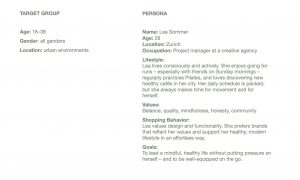
-
Your USP – what makes you truly unique?
Your USP (Unique Selling Proposition) is your core differentiator. It answers the question:
Why should someone choose your product – instead of someone else’s?
Here’s a simple structure you can follow to find your USP:
- Reflect on what truly makes your brand unique
- Research the market – what’s already out there, and what’s still missing?
- Craft a clear message that fills that gap
👉 applied to the water brand ayoa
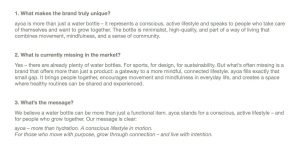
Of course, your USP doesn’t have to be about lifestyle or community.
Maybe your bottle is the lightest in the world – or has the most innovative lid.
Whatever it is: It should be clear, aligned with your brand – and offer something that’s been missing.
I hope these steps help you define your brand as much as they helped me. It doesn’t have to be perfect – but a little clarity often brings a lot of structure and motivation.
Let me know what you take away from this – or if you have tips of your own when it comes to brand positioning.

